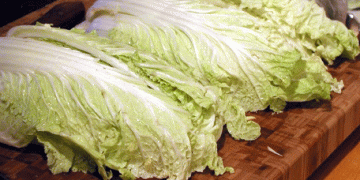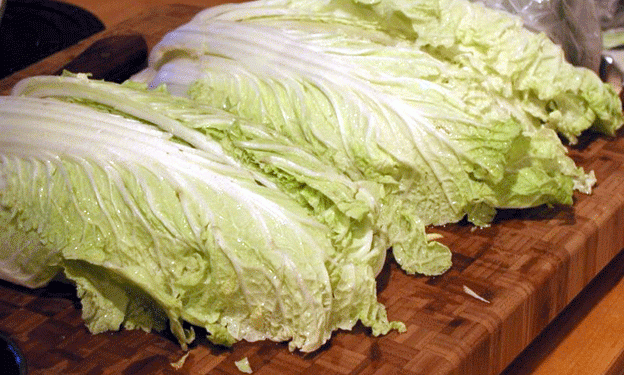Ingushetia is set to make a significant leap in its agricultural sector by initiating the large-scale cultivation of Chinese cabbage. Agrocomplex “Sunzha,” one of the region’s largest agricultural enterprises, is spearheading this project as part of its strategy to diversify production. With a substantial investment of 7 billion rubles, including 1.3 billion rubles from the North Caucasus Development Institute (Kavkaz.RF), the complex will begin open-field production of Chinese cabbage—marking the first time this crop has been grown on such a scale in Ingushetia.
The second phase of this ambitious project will introduce 22 hectares of greenhouse production, aimed at boosting overall vegetable output. However, Chinese cabbage will be cultivated outdoors, taking advantage of the region’s climate and agricultural potential. The first phase of the “Sunzha” project, launched in 2019, focused on tomato production in greenhouses, achieving significant success. The expansion into Chinese cabbage production signals the company’s intention to diversify its crop portfolio, a strategy praised by experts.
Why Chinese Cabbage?
Chinese cabbage, a leafy vegetable that has gained popularity in Russia over the past two decades, is widely known for its affordability and versatility. Traditionally, much of the Chinese cabbage consumed in Russia has been imported, mainly from China and European countries. However, with growing consumer demand and increased interest in locally grown produce, regions like Ingushetia are beginning to capitalize on this opportunity.
Tamara Reshetnikova, CEO of “Growth Technologies,” explains, “Chinese cabbage is a familiar product for Russian consumers, and it has proven itself in the market for over 20 years. It is widely used in both household kitchens and the foodservice industry due to its low cost and year-round availability.”
The Benefits of Local Production
One of the key advantages of growing Chinese cabbage in Ingushetia is its relatively short vegetative period of about three months. This allows farmers to harvest two to three crops per year, even in regions with cooler climates. Chinese cabbage is also more resilient to cold weather than many other leafy vegetables, making it an ideal crop for Ingushetia’s growing season, which can extend from early spring until late October or even November in warmer years.
Another significant benefit is the crop’s excellent storage capability. Unlike other leafy greens, Chinese cabbage can be stored for up to three months with proper packaging and temperature control. This makes it an attractive option for retailers and foodservice providers who need a reliable, stable product throughout the year.
Economic Impact on Ingushetia
Agrocomplex “Sunzha” is already a major contributor to the agricultural economy in Ingushetia. In 2019, the company’s first phase of development included the construction of a 10-hectare greenhouse complex that produced 5,200 tons of tomatoes annually. The success of that project has brought significant investment into the region, contributing to 27% of Ingushetia’s total capital investment last year.
With the launch of the second phase, including the production of Chinese cabbage, “Sunzha” aims to expand its market reach. Currently, the company’s products are distributed across the North Caucasus, Moscow region, Siberia, and even the Far North. The diversification into Chinese cabbage production is expected to strengthen the company’s position in these markets, as well as open new export opportunities.
The decision to grow Chinese cabbage in Ingushetia is a strategic move for Agrocomplex “Sunzha” and a promising development for the region’s agricultural industry. By investing in this versatile and in-demand crop, Ingushetia is positioning itself as a key player in Russia’s leafy greens market. With strong infrastructure, favorable growing conditions, and a focus on diversification, the region is poised to reap the economic benefits of this agricultural expansion.































